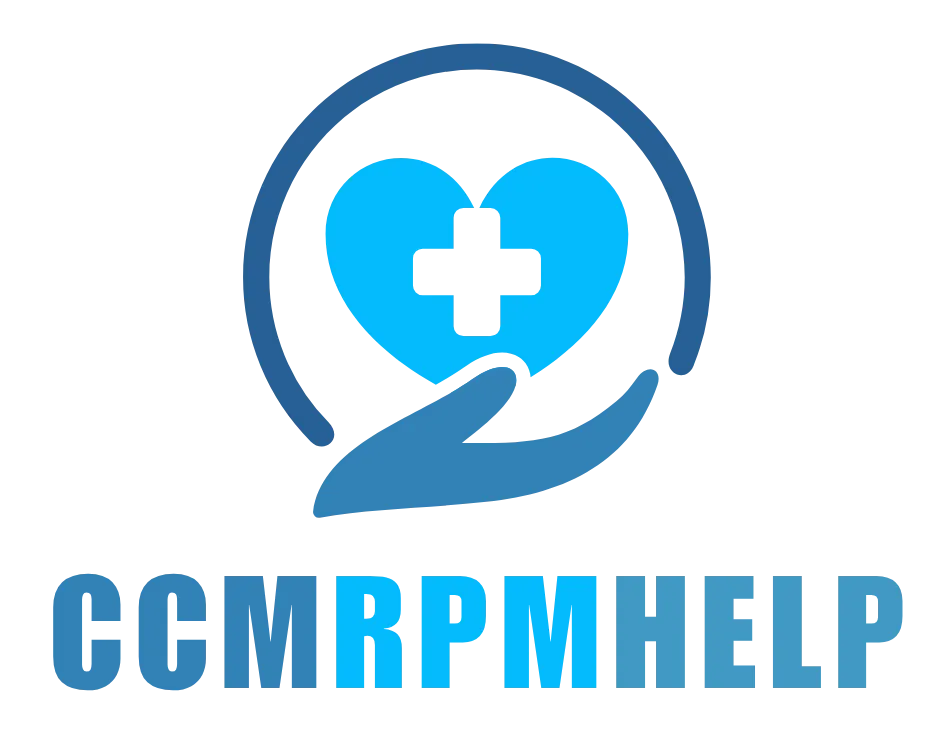Turnkey CCM & RPM Programs
for Better Patient Care
and New Revenue
We help practices and health systems implement and manage
Medicare-compliant care coordination programs.
Medicare Care Management Programs

Chronic Care Management (CCM)
Designed for patients with two or more chronic conditions expected to last at least 12 months. Provides non-face-to-face monthly care coordination by clinical staff under provider supervision. Focuses on ongoing management, medication oversight, and closing care gaps between visits.

Remote Patient Monitoring (RPM)
Covers the use of connected devices (e.g., blood pressure cuffs, glucose meters) to monitor patient vitals remotely. Includes device setup, daily data review, and monthly clinical follow-up. Enables early intervention and helps reduce hospitalizations through real-time insights.

Remote Therapeutic Monitoring (RTM)
Similar to RPM but focuses on non-physiologic data, such as pain levels, medication adherence, or physical therapy progress. Primarily managed by non-physician practitioners like PTs, OTs, and behavioral health specialists. Expands remote monitoring capabilities beyond traditional vitals.

Principal Care Management
(PCM)
Designed for patients with two or more chronic conditions expected to last at least 12 months. Provides non-face-to-face monthly care coordination by clinical staff under provider supervision. Focuses on ongoing management, medication oversight, and closing care gaps between visits.

Advanced Primary Care Management
New in 2025, created by CMS to support comprehensive, longitudinal primary care. Available to all primary care providers — not limited to RHCs or FQHCs.Bundled monthly payment combining elements of CCM, PCM, and TCM for simpler billing. Uses new HCPCS codes G0556–G0558, stratified by patient complexity. Focuses on whole-person care, reduced admin burden, and better continuity across visits.

Behavioral Health Integration
(BHI)
New in 2025, created by CMS to support comprehensive, longitudinal primary care. Available to all primary care providers — not limited to RHCs or FQHCs.Bundled monthly payment combining elements of CCM, PCM, and TCM for simpler billing. Uses new HCPCS codes G0556–G0558, stratified by patient complexity. Focuses on whole-person care, reduced admin burden, and better continuity across visits.

Transitional Care Management (TCM)
Covers care coordination after hospital or facility discharge. Requires an initial patient contact within 2 business days and a follow-up visit within 7–14 days. Helps reduce readmissions and improve post-discharge outcomes

Annual Wellness Visit (AWV)
A once-per-year preventive visit covered by Medicare. Focuses on developing or updating a personalized prevention plan and assessing risk factors. Often used as an entry point to identify patients eligible for CCM, RPM, or other programs
HIPAA-compliant | © 2025 CCMRPMHELP.com


